曾文溪渡槽橋
烏山頭水庫暨嘉南大圳水利系統完工於西元1930 年,由嘉南大圳之父-八田與一設計,曾文溪渡槽橋建造於1929 年,為嘉南大圳水利系統南幹線其中一座輸水橋樑,渡槽為跨越河渠、溪谷、窪地和道路的架空水槽,曾文溪渡槽橋除輸水之外,曾文溪渡槽橋曾經為省道台一線的連接橋梁,兼具「輸水管路」和「交通道路」兩種功能。
You may also like
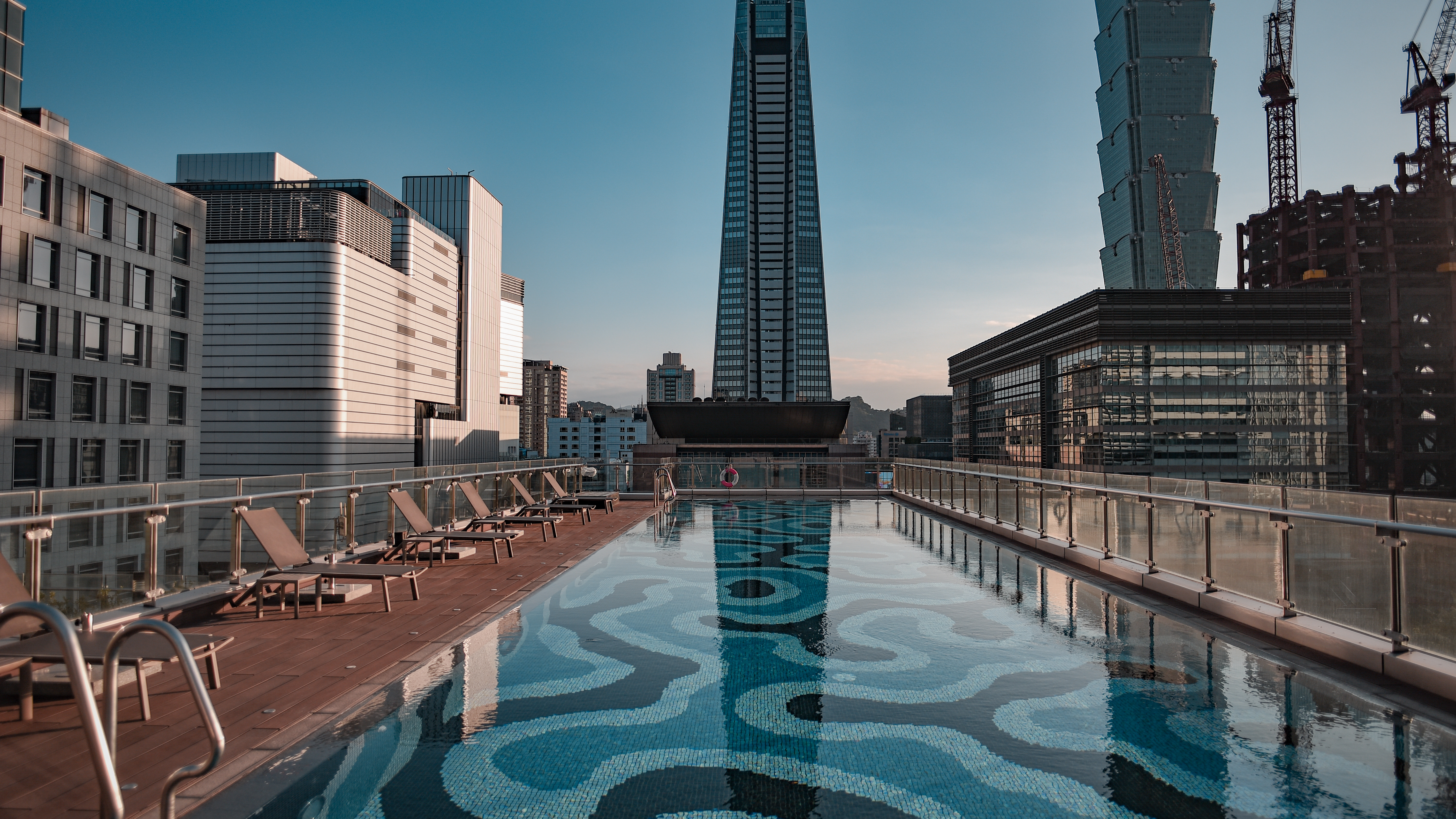
寒舍艾麗 Humble House
2021
艾麗,由國泰集團二代-寒舍主人的夫人命名,飯店由HBA Hirsch Bedner Associates全球最大設計顧問之一負責室內設計,營造城市中的花園為主題,呈現細緻優雅的空間氛圍,館內匯集國際藝術家經典作品,讓藝術創作融入空間詮釋,致力於打造「藝術即生活」及「生活即藝術」的品味哲學。

勤美之森
2025

士林萬麗 RENAISSANCE TAIPEI SHIHLIN
2021
士林萬麗,為萬豪集團旗下首次入駐台灣的品牌,由皇翔建設BOT承攬發包。由於置身於士林官邸旁,在裝潢設計上也融合了在地特色,將士林官邸裡的玫瑰和蝴蝶運用光影裝飾,點綴在穿廊與房間的各個角落。
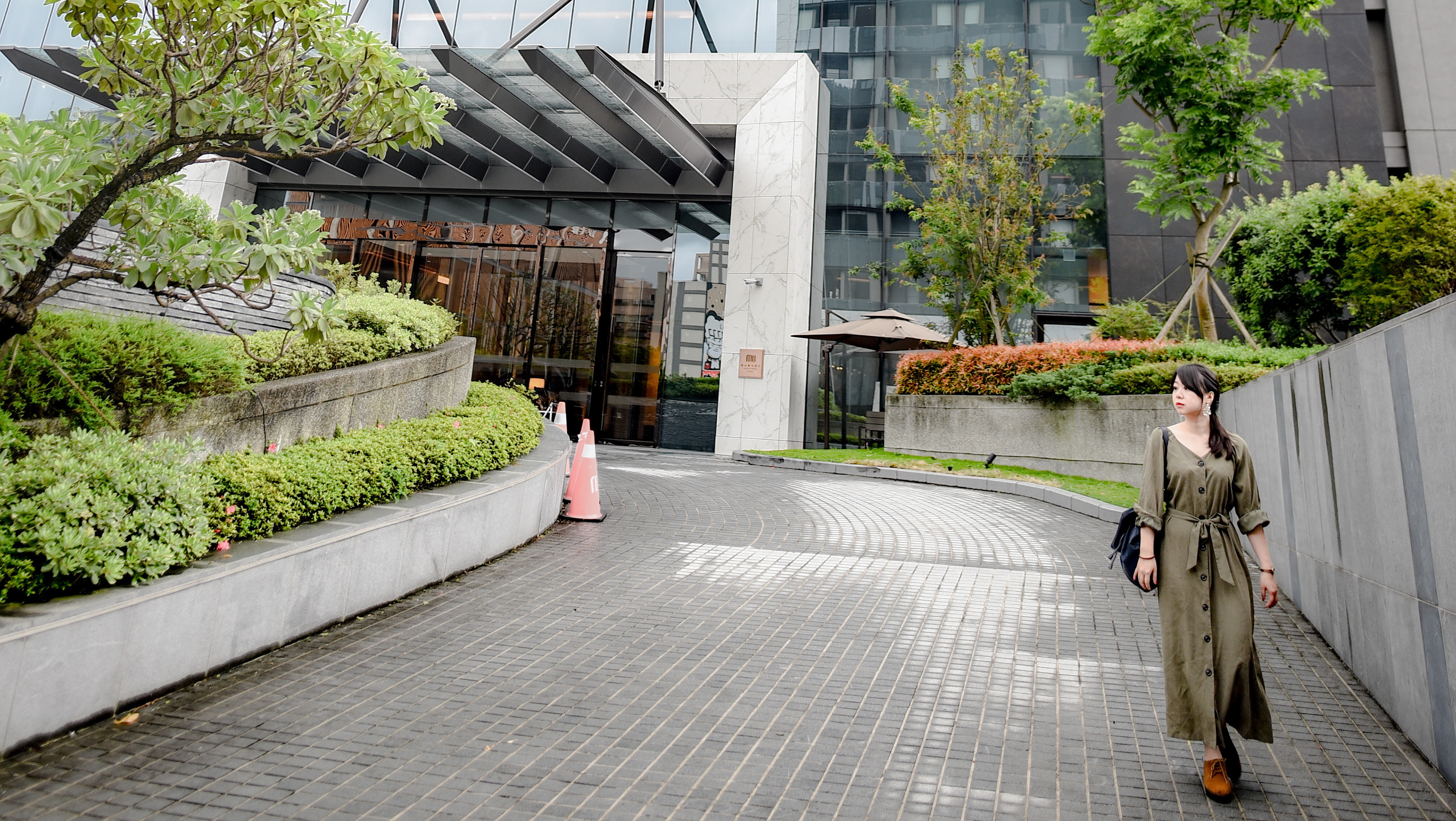
礁溪寒沐 MU JIAO XI
2019
以大地為家的MU LIFE,礁溪寒沐酒店承襲寒舍美學、人文和藝術兼具的獨到品味。委託蔡佳葳、申亮、雪松等台灣藝術家形塑文化藝廊,並與操刀首爾四季、西安君悅、鉑爾曼開封等頂級酒店的設計團隊LTW DESIGNWORKS合作,將當代藝術策展概念融合在地文化,營造優雅與高品味的度假休閒氛圍!
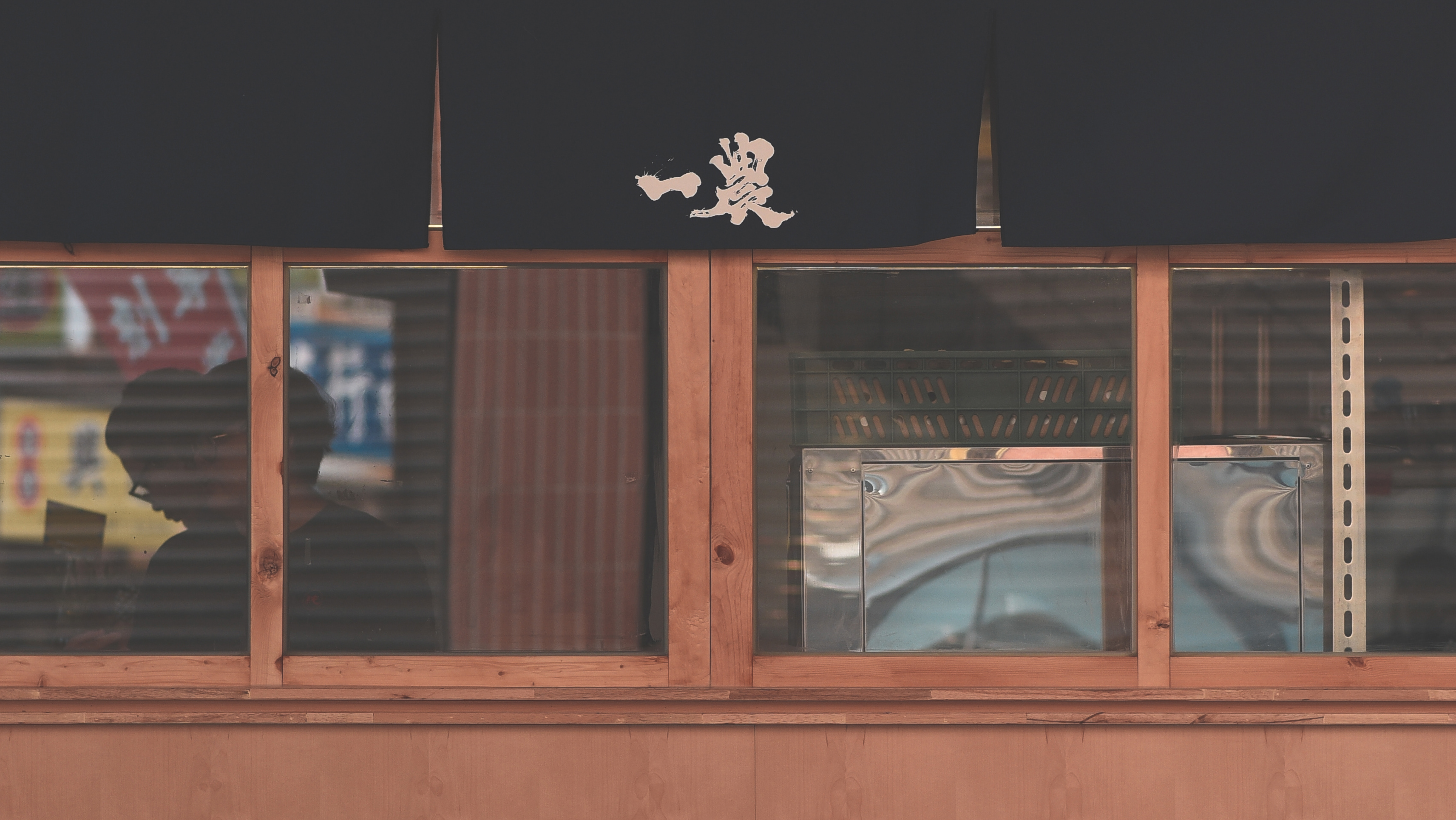
一農 Yinon
2022
「目標並不是一定要達到的,它通常只是努力的方向。」
萬商歸一農
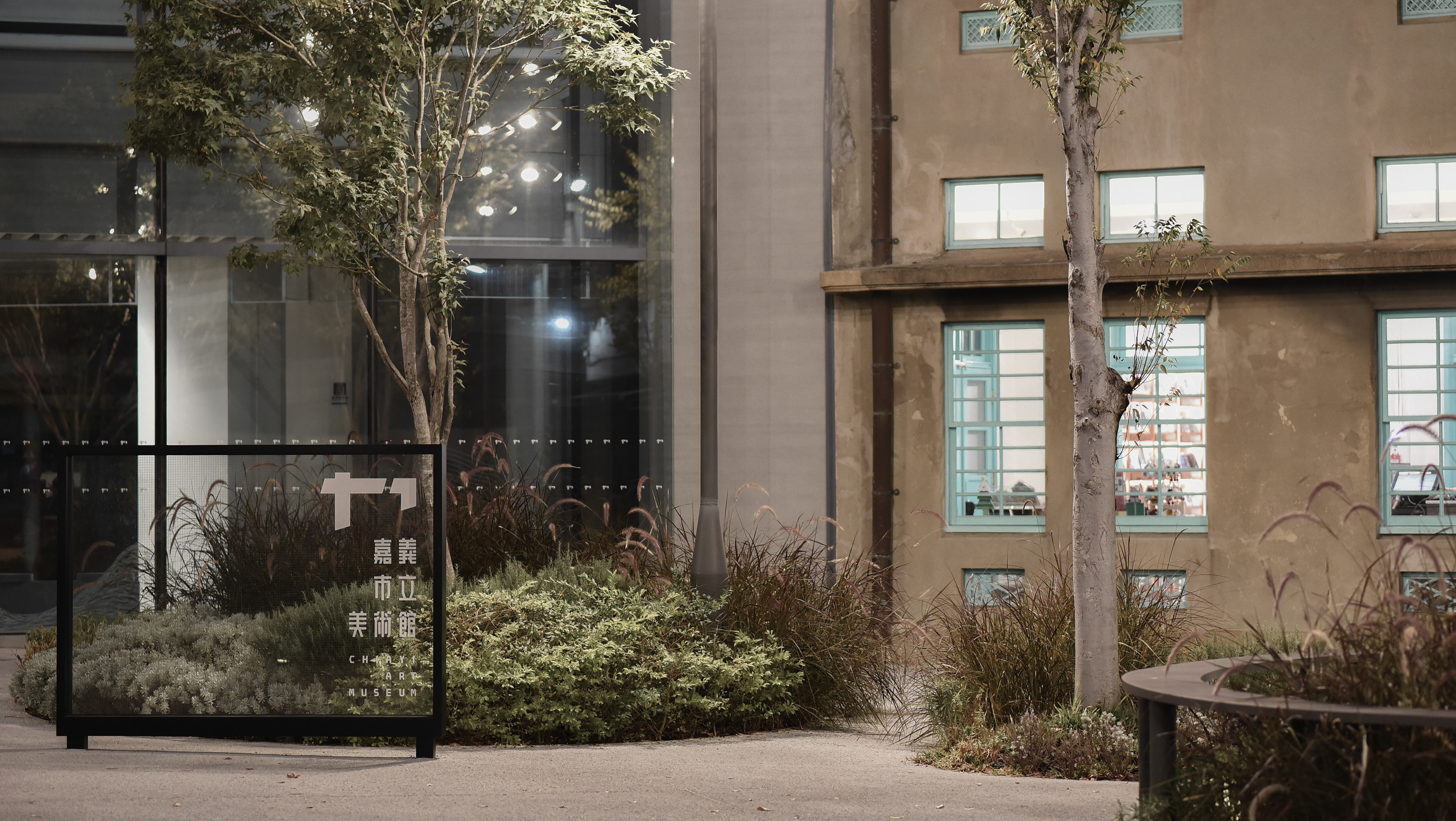
嘉美館 Chiayi Art Museum
2021
嘉義美術館,前身為菸酒公賣局嘉義分局,奠基於畫都&木都的人文及美術歷史之上轉型改建。將三棟舊建築-1936年菸酒公賣局(台南林百貨建築師 梅澤捨次郎)、1954年酒類倉庫及1980年菸酒成品倉庫連接而成。建材利用木構集成材搭配鋼構、玻璃帷幕、橫紋折線磚構築立面語彙,融合現代與和洋式風格。
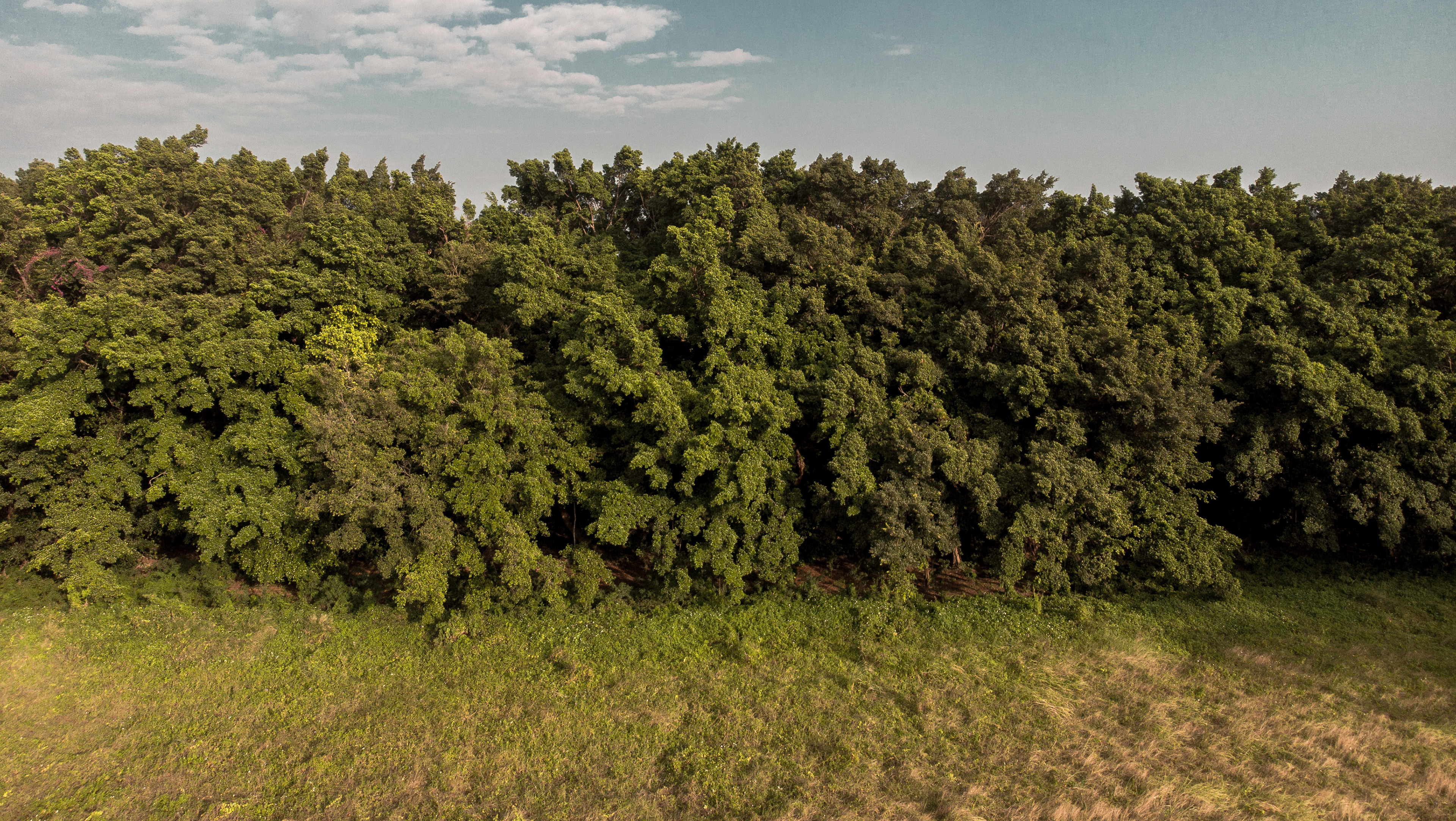
隆田地景
2020
對於一片封塵二十餘年的土地,我們有甚麼盼望,又會賦予它甚麼想像…一直以來這是我們在規劃時不停思索的課題,並且設計時咀嚼在地元素的反饋,我想這就是我們對這片土地的尊重,以及展現地景地貌的關懷。
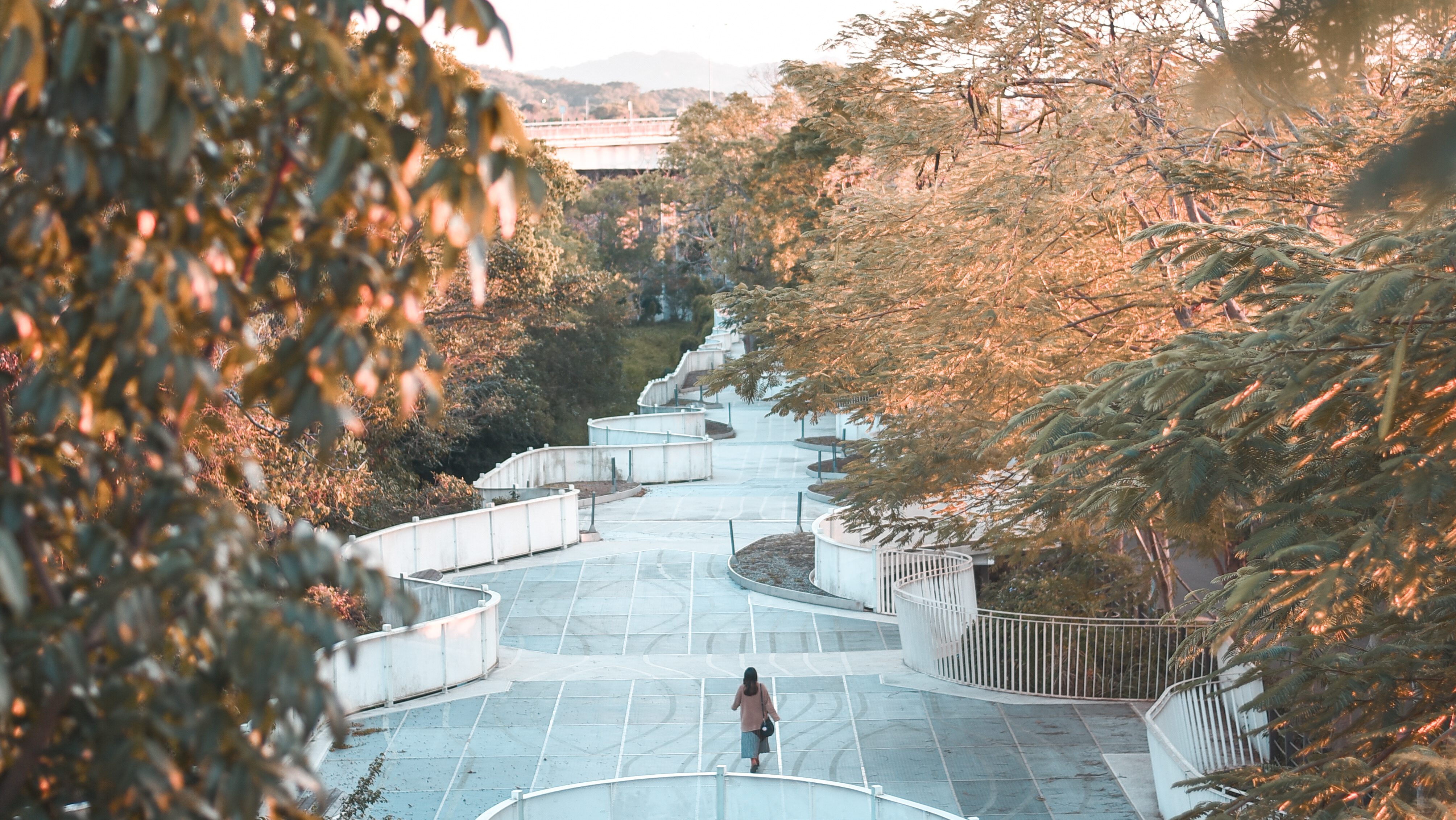
臺中公園 TAICHUNG PARK
2021
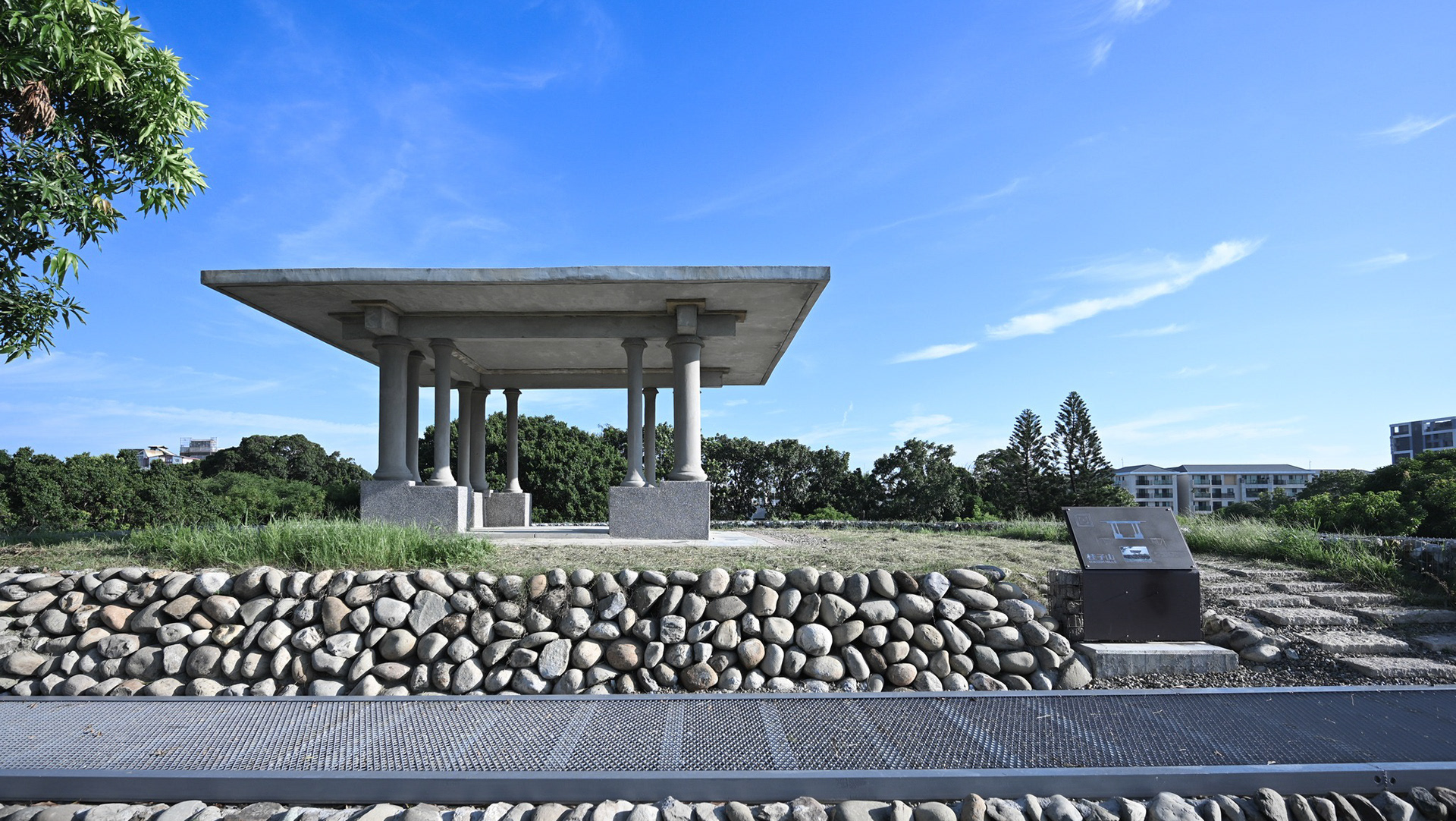
桂子山 Gueizih Hills
2024
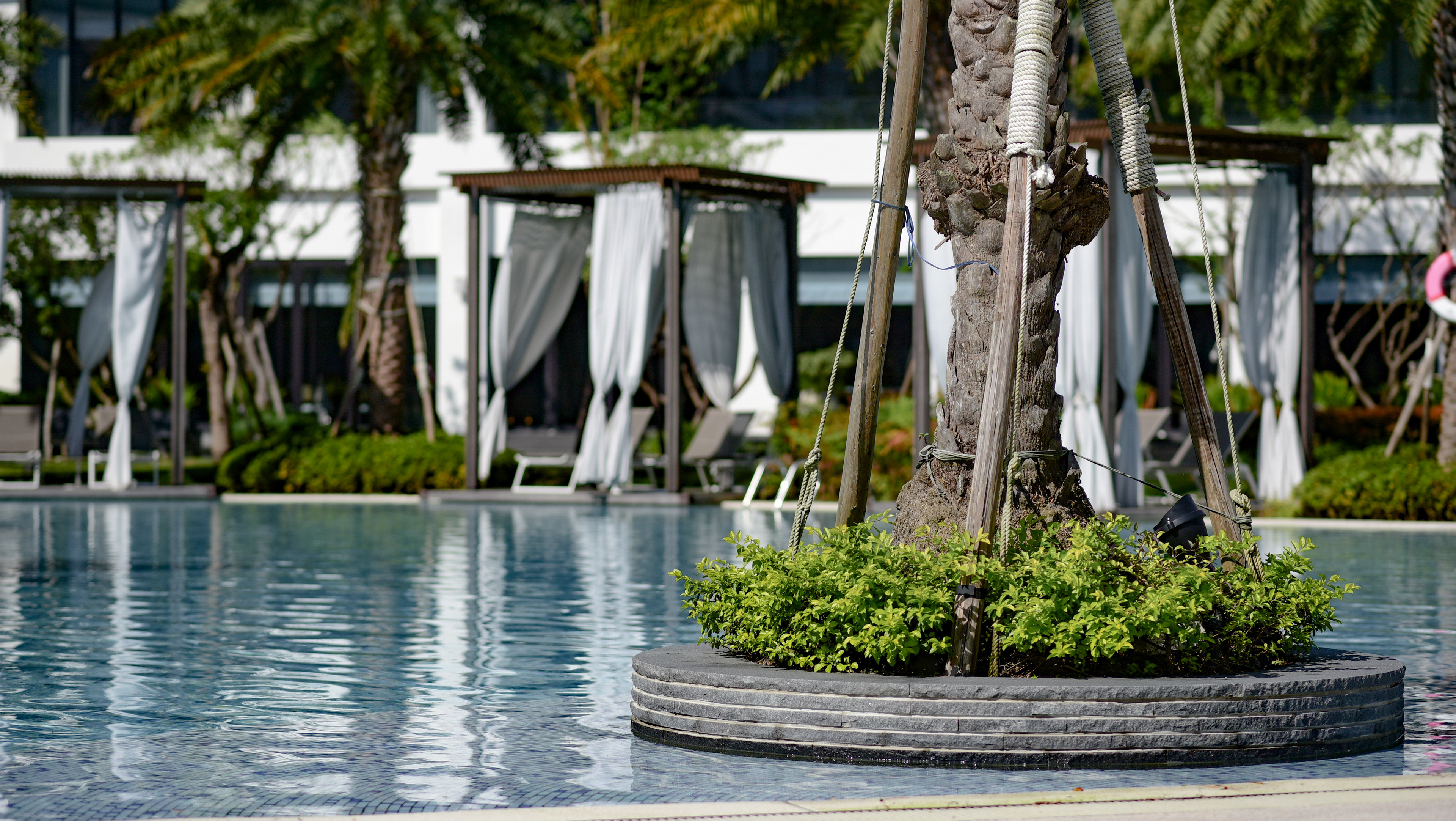
大溪威斯汀THE WESTIN TASHEE RESORT TAOYUAN
2018
以峇厘島風格為主題的度假酒店,由笠復投資斥資近40億,歷經三年多改建昔日政商雲集的鴻禧大溪別館,由萬豪集團旗下喜達屋集團的招牌威斯汀酒店經營管理。